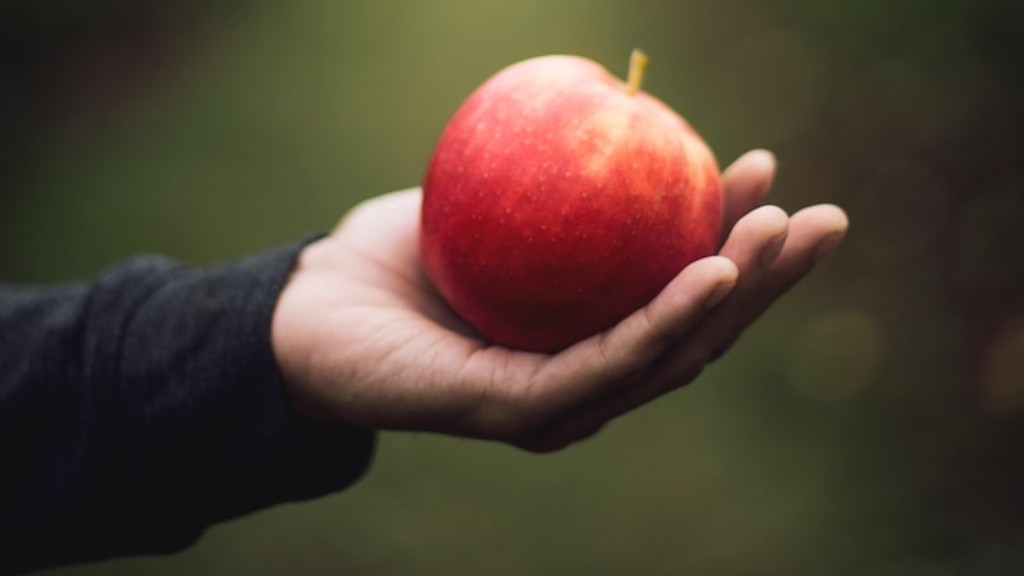Avocado trees are a popular choice for gardeners, as their delicious and nutritious fruit can be enjoyed by everyone. Grafted avocados are a type of variety of avocado tree that has been specially bred for faster fruiting and stronger disease resistance. In general, grafted avocado trees are more vigorous and hardy than their seedling counterparts and will often bear fruit much faster.
Grafted avocado trees are created by taking two different avocado plants, the scion and the rootstock. The scion is the plant that has the desired fruit characteristics and will be the top of the grafted tree. The rootstock is a vigorous, disease-resistant avocado seedling that will form the roots and lower portion of the grafted tree. The two plants are then joined together, typically with a splice or cleft union, so that they will form a single tree.
The benefits of growing a grafted tree are numerous. Most grafted avocado trees will start to produce fruit after only three to four years, whereas seedling avocados can take six to seven years to bear fruit. Additionally, grafted trees are also much more disease resistant than seedlings, and therefore require less maintenance and care. Grafted avocado trees also generally remain smaller, which makes them easier to maintain and harvest.
In order to ensure the successful growth of a grafted avocado tree, it’s important to select a healthy, high-quality scion and rootstock. Additionally, when planting the grafted tree, it’s important to make sure that the scion and rootstock are firmly grafted together before setting the tree in the ground. Additionally, careful pruning and pest management are essential for satisfactory growth and productivity.
Growing a grafted avocado tree is an excellent choice for gardeners that want to enjoy the delicious fruit of an avocado tree without having to wait several years. With careful selection of the scion and rootstock, as well as proper planting and maintenance, an avocado tree grown from a grafted can be an incredibly rewarding experience.
Type of Avocado Varieties
There are many different types of avocado varieties to choose from when selecting a grafted avocado tree. The most common type is the Hass, which is one of the most popular choices for gardeners as it produces high yields of some of the tastiest fruit. Other popular varieties include Bacon, Fuerte, and Pinkerton. Depending on the desired fruit characteristics and the local climate, there are a variety of avocado varieties that can be successfully grafted.
Grafted Tree Maintenance
To ensure that the grafted avocado tree has the best chance of survival and growth, it’s important to provide it with proper care. This includes regular water and nutrient applications, as well as pruning and pest management. Additionally, it’s important to be aware of the local climate and any potential bad weather that may be coming in order to protect the tree from damage.
Pollenization
In order to produce fruit, grafted avocado trees will need to be pollinated. The most common method is by hand and requires the use of a chicken feather or q-tip to transfer pollen from one flower to another. In areas with a lot of native bee activity, the bees can typically do a good job of pollinating the avocado tree’s flowers. Additionally, some commercial pollination services will come to the property and perform the necessary pollination.
Harvesting Grafted Avocado Trees
When the avocado fruits are ripe, they can be harvested from the tree. Most grafted avocado trees will produce fruits for up to 8-10 years, and the harvesting season will usually last from Spring to Fall. It’s important to monitor the fruits regularly and harvest them at the peak of ripeness to ensure maximum flavor and nutrition.

